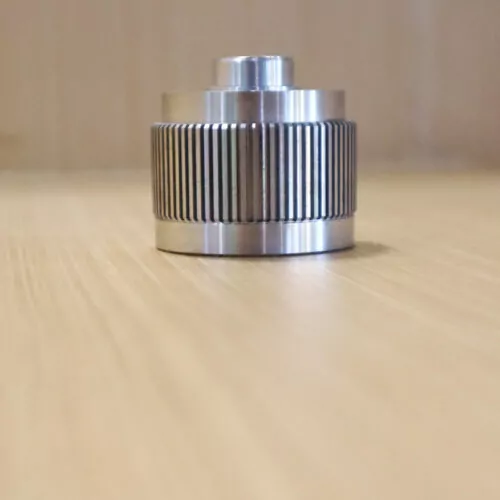Cutting-Edge Innovations in Precision EDM: What You Need to Know
Cuerpo
When it comes to precision engineering, Electrical Discharge Machining (EDM) has revolutionized the manufacturing industry. This cutting-edge technology offers unparalleled accuracy and efficiency in creating intricate shapes and designs. In this article, we will explore the latest innovations in precision EDM and how they are transforming various industries.

The Evolution of Precision EDM
Over the years, precision EDM has undergone significant advancements, enabling manufacturers to achieve levels of precision that were once unimaginable. One of the key innovations in this field is the development of advanced control systems that allow for precise control of the EDM process. These systems utilize sophisticated algorithms and real-time feedback mechanisms to optimize machining parameters and ensure consistent results.
Another notable innovation is the integration of Artificial Intelligence (AI) and Machine Learning (ML) algorithms into precision EDM machines. These intelligent systems can analyze vast amounts of data and make autonomous decisions to optimize the machining process. By continuously learning from past experiences, they can adapt and improve their performance over time.
The Benefits of Precision EDM
Precision EDM offers numerous benefits that make it an indispensable tool in various industries. One of the primary advantages is its ability to machine complex shapes and contours with exceptional accuracy. Traditional machining methods often struggle with intricate designs, but precision EDM can effortlessly create even the most intricate patterns.
Moreover, precision EDM is highly versatile and can work with a wide range of materials, including hardened steels, exotic alloys, and even fragile materials like ceramics. This versatility makes it a preferred choice for industries such as aerospace, medical, and automotive, where the demand for precision components is paramount.
Advancements in Wire EDM
Wire EDM, a subset of precision EDM, has seen significant advancements in recent years. One of the notable innovations is the development of high-speed wire EDM machines. These machines utilize advanced wire threading mechanisms and improved power supplies to achieve faster cutting speeds without compromising precision.
Another cutting-edge development in wire EDM is the integration of intelligent wire tension control systems. These systems monitor and adjust the tension of the wire during the machining process, ensuring consistent and precise cutting. This innovation has greatly improved the reliability and efficiency of wire EDM machines.
The Rise of Micro-EDM
Micro-EDM, also known as micro-electrical discharge machining, is a specialized form of precision EDM that focuses on machining micro-scale components. This emerging field has gained significant attention due to its potential applications in industries such as electronics, medical devices, and microfluidics.
One of the key innovations in micro-EDM is the development of advanced electrode materials and designs. These electrodes are specifically tailored for machining micro-scale features and enable precise and efficient material removal. Additionally, advancements in micro-EDM machines have led to improved positioning accuracy and reduced electrode wear, further enhancing the capabilities of this technology.
Conclusion
Cutting-Edge Innovations in Precision EDM have revolutionized the manufacturing industry, enabling the creation of intricate designs with unparalleled accuracy. The integration of advanced control systems, AI, and ML algorithms has further enhanced the precision and efficiency of EDM machines. With advancements in wire EDM and the rise of micro-EDM, the possibilities for precision machining are expanding rapidly.
As industries continue to demand higher levels of precision, it is clear that precision edm will play a crucial role in shaping the future of manufacturing. By staying at the forefront of these cutting-edge innovations, manufacturers can unlock new possibilities and push the boundaries of what is achievable in precision engineering.






Comentarios